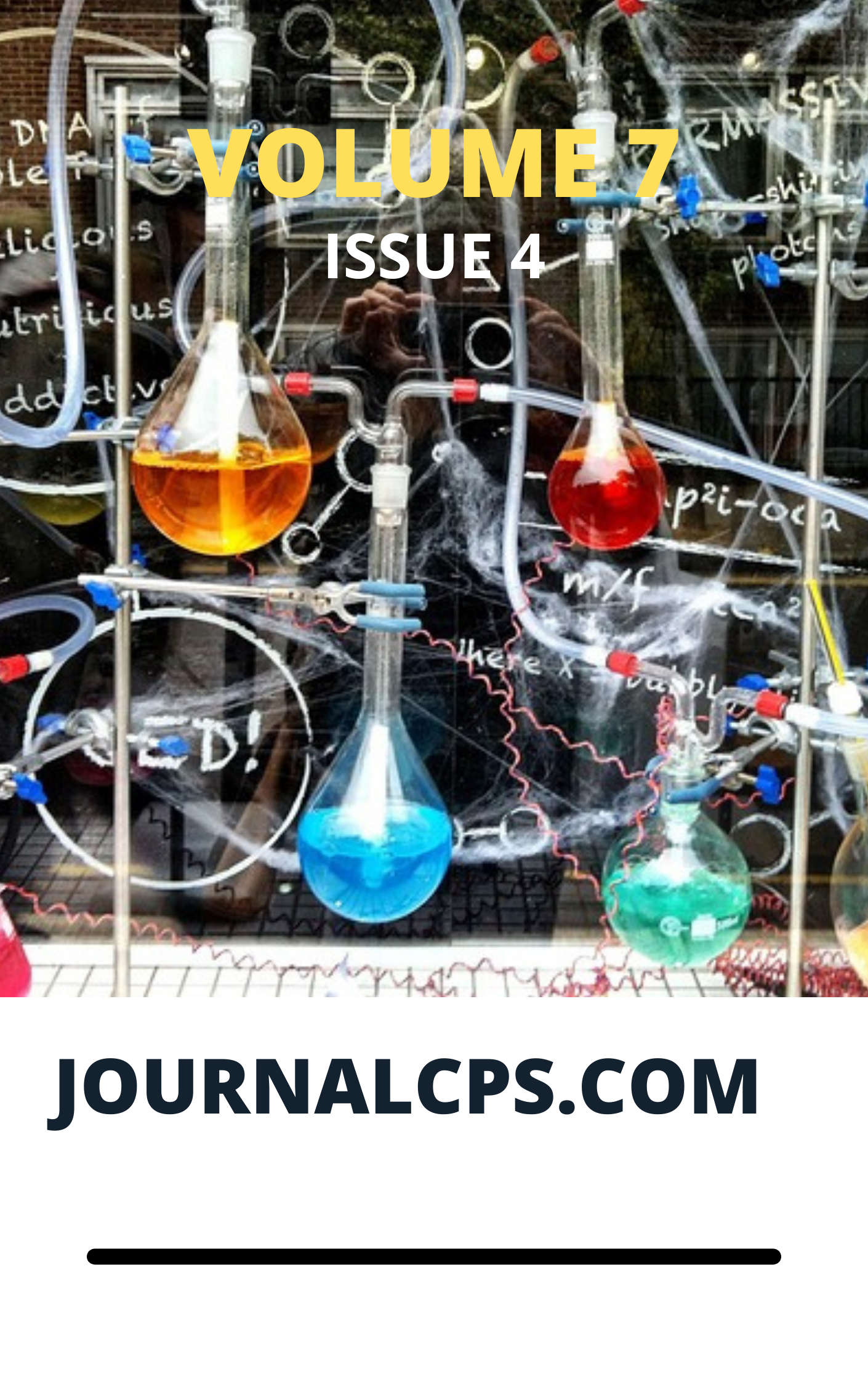Assessment of the Physicochemical Parameters, Geoaccumulation Indices and Contamination Factor of Sediments from Mairua Dam, Faskari Lga, Katsina Northwestern Nigeria
Keywords:
Sediment, Mairua Dam, contamination, geo-accumulation, indices, contamination factor, physicochemicalAbstract
Sani Uba, Victor O. Ajibola, Oluwaseun S. Adeosun, Divine C. Ikeh, Abdulhameed. Mikail, Abel K. John and Murtala M. Rumah
Sediment constitutes a major reservoir for several aquatic pollutants including heavy metal ions. Consequently, the present study focused on the assessment of the levels of concentrations of various contaminants in sediment from Mairua dam. The study adopted different contamination indices including geo-accumulation indices (Igeo), and contamination factor (Cf). The results generated from experiments indicated the mean pH, EC, Cl- and in the following ranges: 7.31±0.014 (S4) to 8.54±0.085 (S8), 0.74±0.057(S8) to 1.6±0.00 µs/cm (S9), 0.6±0.00(S5,S11) to 8.95±0.071(S5) and 0.07±0.00 (S2, S6, S10) to 0.105±0.00 mg/kg (S3,S8,S11), respectively. Also, measured concentrations of , K+, and CEC in the sediment samples were in the following ranges: 9.4305±0.537 (S1) to 150.85±1.06 (S11), 0.21±0.00 (S6, S11) to 0.795±0.007 mg/kg(S5) and 8.35±0.495(S11) to 19.25±0.495 mg/kg (S5). A comparison of the various analytical parameters with sampling stations (S1 to S10) indicated that the highest concentrations of environmental contaminants were concentrated at S9 while the least was recorded at S6 and S11, respectively. The mean pH for all the sampling stations (except S2 and S10) was within the WHO (2011) recommended range of 6.5 to 8.5, which validated the sediment samples to fit weak acidic to weak alkaline classification. Similar remarks about meeting the WHO (2011) recommended limits were deduced from measured values of EC, Cl-, NO3-N, and K+ in the analyzed sediment samples. Evaluated values of geochemical indices and contamination factors gave evidence that the sediment samples are moderately polluted as well as the contamination factors.
Downloads
Published
Issue
Section
Most read articles by the same author(s)
- Sani Uba, Calvin O. Nwokem, Divine Chinwendu Ikeh, Oluwaseun Simon Adeosun, Abel Kayit, Murtala Mohammed Ruma, Lauretta Ngozi Nwagu, Quality Assessment of Wastewater Released by Funtua Textile Limited, North Western Nigeria , Communication In Physical Sciences: Vol. 8 No. 1 (2022): VOLUME 8 ISSUE 1
- Sani Uba, Proximate analysis of Hibiscus mutabilis seeds obtained from Samaru, Kaduna State , Communication In Physical Sciences: Vol. 9 No. 1 (2023): VOLUME 9 ISSUE 1
Similar Articles
- Usoro Monday Etesin, Abigail Louis Essien, Distribution of Heavy metals in sediments and surface waters from Iko River Marine Ecosystems, Akwa Ibom State, Niger Delta, Nigeria , Communication In Physical Sciences: Vol. 12 No. 2 (2025): VOLUME 12 ISSUE 2
- Kudamnya, Ebenezer Agayina, Godwin Inieke Joshua, Ochelebe, Ibu, Okon, Emmanuel Etim , Evaluation of the Hydrochemistry and Pollution Levels in Groundwater of Njahasang, Southeast Nigeria , Communication In Physical Sciences: Vol. 12 No. 3 (2025): VOLUME 12 ISSUE 3
- Mercy Uwem Useh, Danlami Uzama, Patrick Obigwa, Effects of Abattoir Activities in the Surrounding Soils within Abuja, Nigeria , Communication In Physical Sciences: Vol. 8 No. 1 (2022): VOLUME 8 ISSUE 1
- E. C. Ogoko, Pollution status of soil within the vicinity of Automobile mechanic workshops in Owerri Municipality, Nigeria , Communication In Physical Sciences: Vol. 4 No. 1 (2019): VOLUME 4 ISSUE 1
- Hamza Abubakar Hamza, Abubakar Danjuma Bajoga, Yusuf Mohammed Auwal, Hankouraou Seydou, Determination of Some Physicochemical Properties, Heavy Metals and Micronutrients of Some Energy Drinks Available in Nigeria , Communication In Physical Sciences: Vol. 12 No. 3 (2025): VOLUME 12 ISSUE 3
- Mercy Uwem Useh, Eno Linus, Analysis of Heavy Metals in Some Food Crops and Soils Impacted with Crude Oil in Southern Nigeria , Communication In Physical Sciences: Vol. 8 No. 4 (2022): VOLUME 8 ISSUE 4
- J. C. Nnaji, Heavy Metal Contamination Indices for oil spilled Agricultural Soils in three Local Government Areas of River State, Nigeria , Communication In Physical Sciences: Vol. 4 No. 1 (2019): VOLUME 4 ISSUE 1
- S. A. Odoemelam, A. M. Udongwo , Heavy Metals Pollution in Surface Water and Sediment of Lower Cross River System in Akwa Ibom State, Nigeria , Communication In Physical Sciences: Vol. 5 No. 2 (2020): VOLUME 5 ISSUE 2
- Umar Dangoje Musa, Eloayi David Paul, Sani Uba, Nsikan Nwokem, Sani Danladi, Risk Assessment of Selected Metallic Pollutants in Fish from Zuru dam, Kebbi State, Nigeria , Communication In Physical Sciences: Vol. 12 No. 3 (2025): VOLUME 12 ISSUE 3
- Dr Fatai Afolabi, Mr Ismaila Jide Olawale, Professor Sunday 0. 0ladoye, Physicochemical, Phytochemical and Gas Chromatography- Mass Spectrometric Analyses of Gmelina Arborea Root Hexane Extract , Communication In Physical Sciences: Vol. 12 No. 6 (2025): Volume 12 ISSUE 6
You may also start an advanced similarity search for this article.




